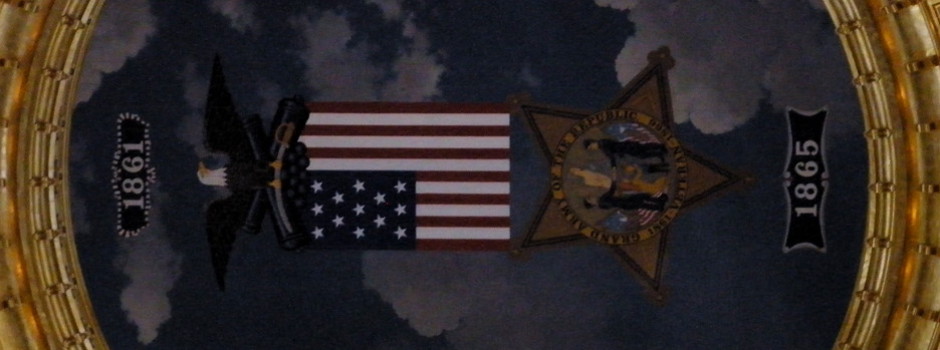I’ve done a LOT of reading in the past year, but nearly all of it was on the Internet. I only got through two hard-copy books. One, The Story of the Titanic As Told By Its Survivors, arguably doesn’t count because it’s a re-read from 1997. It’s a compilation of four men’s work — second-class passenger Lawrence Beesley; Col. Archibald Gracie, who compiled a breakdown of who was in which lifeboat before he became the third survivor to die; Second Officer Charles Lightoller, excerpted from his autobiography; and wireless operator Harold Bride, in a long New York Times article.
That leaves one book, but one so good it made my favorites list after I plowed through it in a day. It’s called She Wouldn’t Change a Thing by Sarah Adlakha.
I’m a sucker for time travel in general, but also what-ifs, change-one-things, and knowing-then-what-I-know-nows. The Back to the Future trilogy is but one entry in this category; there’s also Frequency, “Quantum Leap,” multiple episodes in the “Star Trek” franchise, and the Apple TV+ series “For All Mankind”.
In She Wouldn’t Change a Thing, a 39-year-old woman wakes up as her 17-year-old self and must decide whether she will change one thing that would result in the life she knew never happening. The official synopsis describes it as “Sliding Doors meets Life After Life,” but I thought of it as sharing DNA with Peggy Sue Got Married, a chunk of the 1970 novel Time and Again, and a tiny dash of Cloud Atlas. The author was a psychiatry resident at the University of Iowa and a UI-based character makes an appearance. Regardless of what other works it brings to mind, it’s an engrossing book that plumbs the depths of love, choices, destiny, and metaphysical ethics.
My deep research into Iowa schools illustrates the fickleness of history: Careers, friendships, and entire family lines exist and do not exist based on the outcomes of school consolidation processes, especially between 1956 and 1965. One cannot marry one’s high school sweetheart if he/she went to high school 15 miles in the other direction and they never met. In both the time stream and a road trip, divergences can come at many points, often set in motion long before our protagonist meets the moment.
And that’s how branches in the multiverse are born. Right, Spider-Man?
